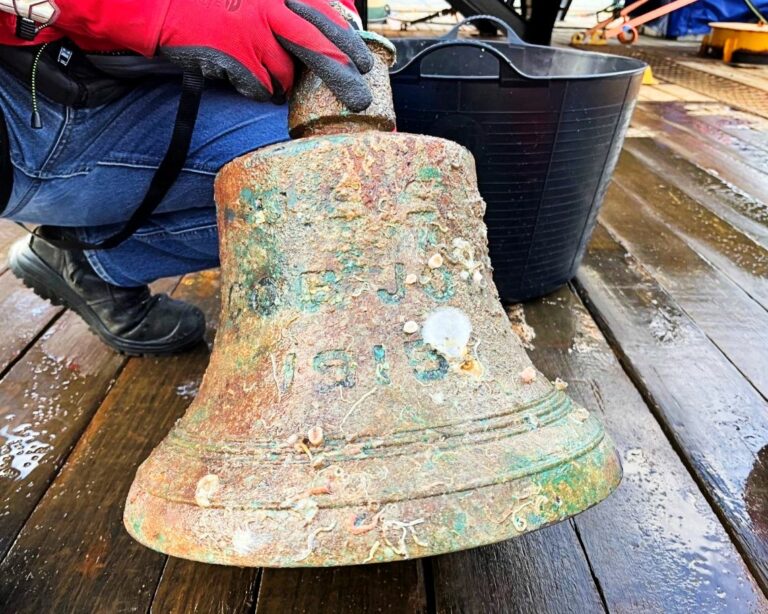The ship’s bell from the USS Jacob Jones (DD-61), the first US Navy destroyer to be lost to enemy action in World War One, has been recovered from the wreck off the Scilly Isles during a comprehensive ROV video survey.
Although US Navy policy is normally to leave such war graves undisturbed, its Naval History & Heritage Command (NHHC) had considered the artefact to be at risk from illegal salvaging.
The operation was carried out using a new ROV by the UK Ministry of Defence’s Salvage & Marine Operations (SALMO) unit at the behest of NHHC, which is responsible for preserving, analysing and disseminating US naval history and heritage and described the ROV dive as a “key step in the project to honour the legacy of the ship and its sailors”.
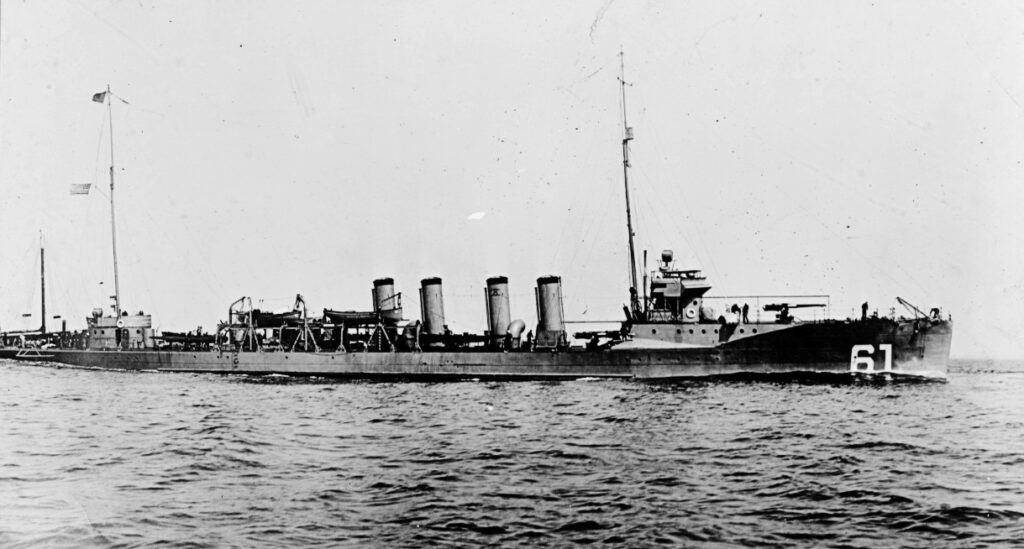
During the last 18 months of WW1 the US Navy maintained a substantial presence in UK waters and the Western Approaches to help cope with the U-boat menace and keep the maritime lifeline between the Americas and Europe open.
The 96m Tucker-class Jacob Jones was one of six destroyers escorting a troop and supply convoy from southern Ireland to Brittany on 6 December, 1917 when she was torpedoed by the German submarine U-53.
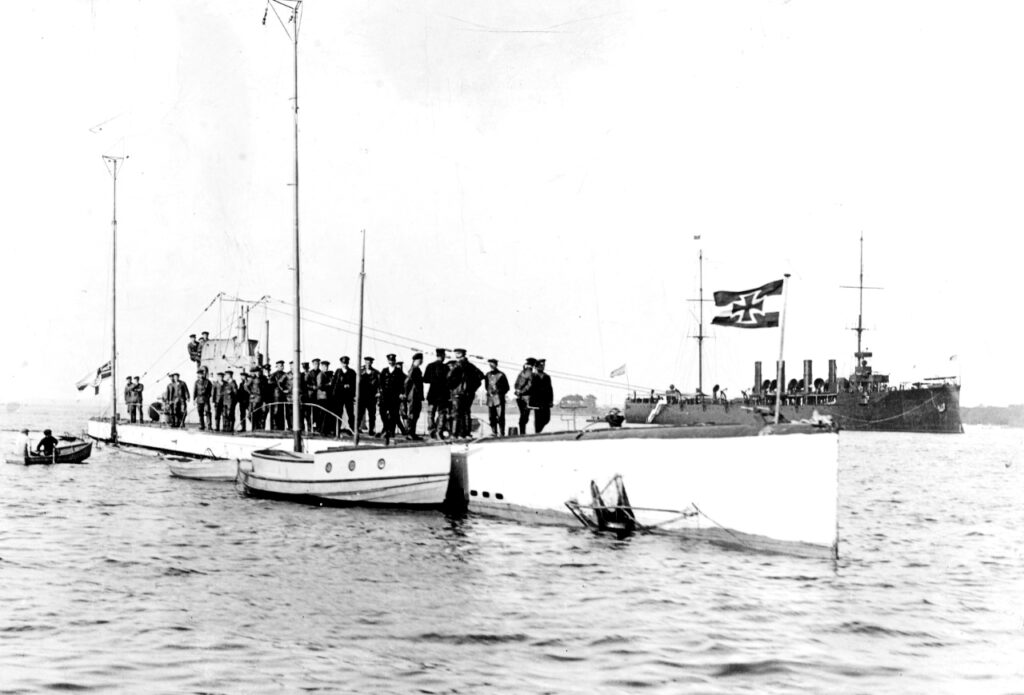
She sank eight minutes after being struck, as the U-boat commander transmitted the approximate location of the survivors to the nearest American base so that they could be rescued. Her officer-of-the-deck directed the rescue effort before dying of exposure, and was posthumously awarded the Navy Distinguished Service Medal.
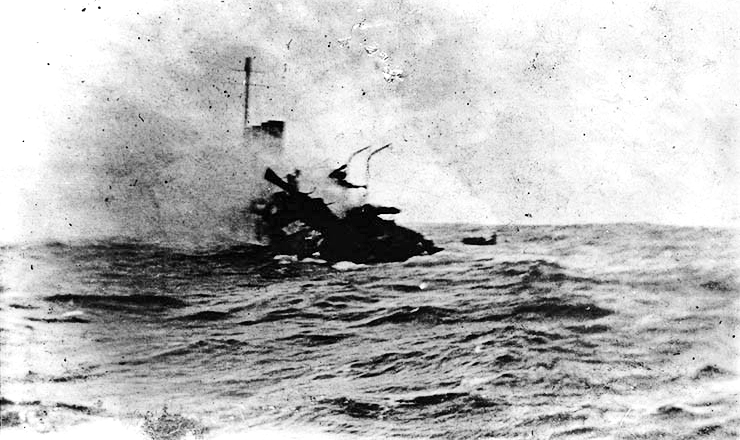
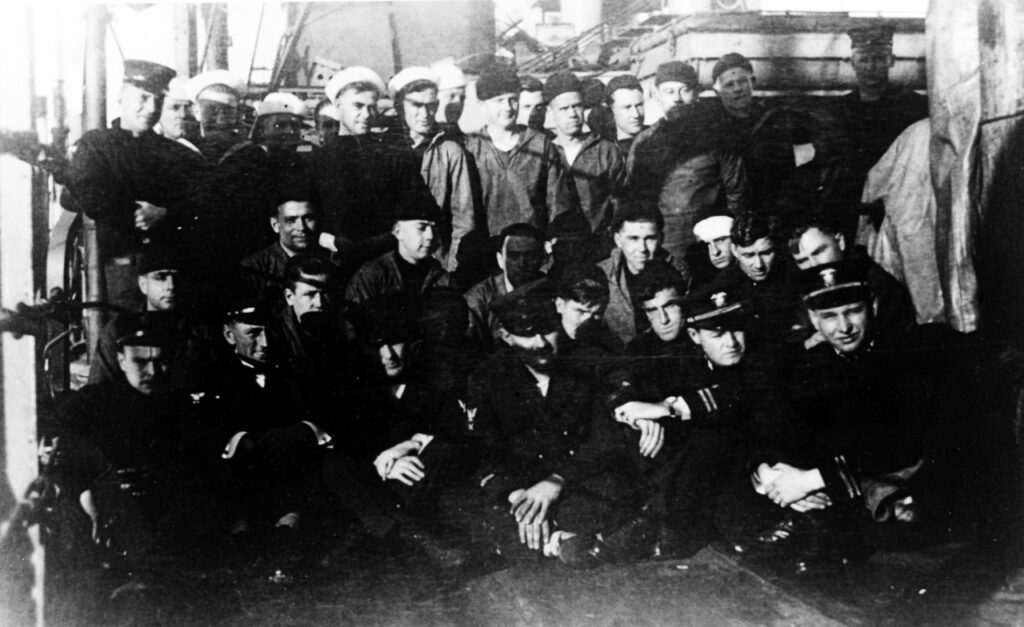
Discovered by Darkstar
Since the shipwreck was discovered by the UK’s Darkstar technical diving team in August 2022, as reported on Divernet, efforts have been underway to fully document and study the site for its long-term preservation and protection.
“The wreck of the ship is a hallowed war grave and is the last resting place for many of the 64 men who were lost in the sinking,” said retired rear-admiral Sam J Cox, director of the NHHC. “US Navy policy is to leave such wrecks undisturbed. However, due to risk of unauthorised and illegal salvaging of the ship’s bell, NHHC requested Ministry of Defence assistance.
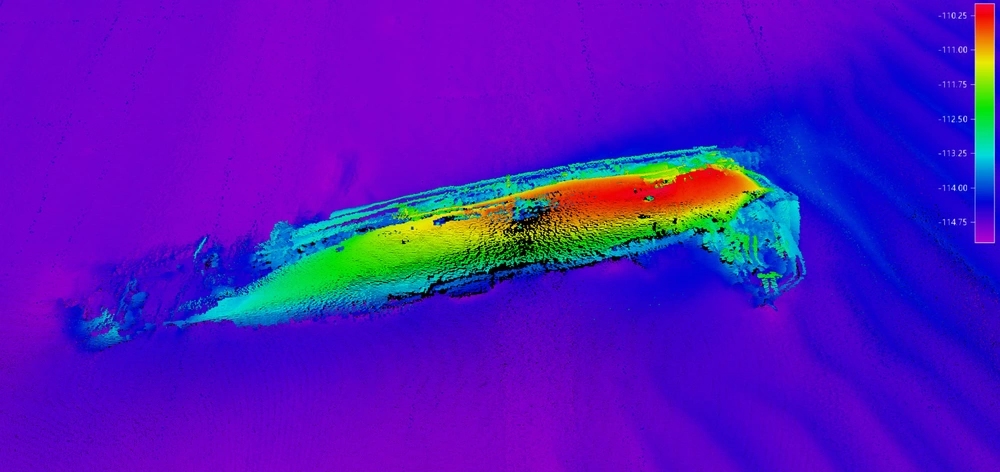
“The US Navy is grateful to the SALMO team for recovering the bell, which will serve as a memorial to sailors who made the ultimate sacrifice in the defence of both the United States and the United Kingdom.”
During the survey SALMO also placed a wreath and American flag on the wreck, in tribute to the sailors lost 107 years ago. “I am proud of what the team have achieved,” said SALMO head Andy Liddell. “To assist our allies in the recovery of the bell from such a historic wreck on the first deployment of the new ROV is a massive achievement.”
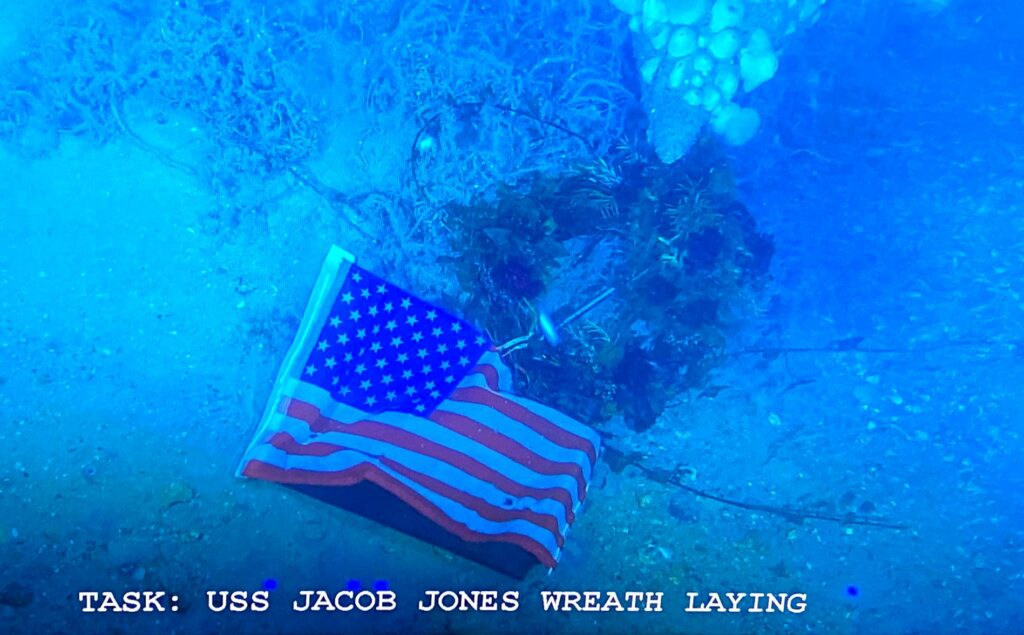
The bell is being looked after by British company Wessex Archaeology until later this year when, after a ceremonial handover, it will be sent to the NHHC’s Underwater Archaeology Branch for conservation treatment and eventual display at the National Museum of the US Navy.
“In addition to SALMO, we are also grateful to the Darkstar technical dive-team that located the wreck, to the National Oceanography Centre for providing us with the first comprehensive dataset of the site, and to Wessex Archaeology and Gray & Pape [heritage management] for supporting this effort throughout its evolution,” said Cox.
Also on Divernet: First WW1 destroyer casualty commemorated, How 100m+ divers identified lost aircraft-carrier, Star WW2 sub Albacore located off Japan, Wreck of first kamikaze rocket-bomb victim located
